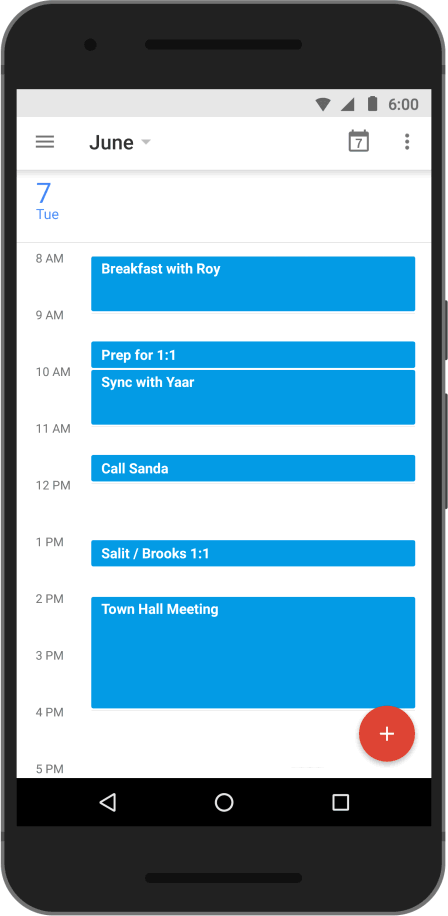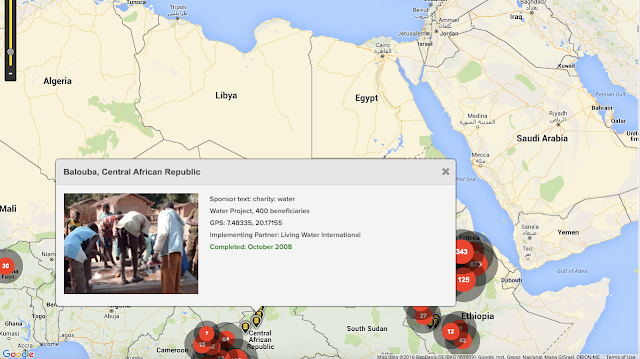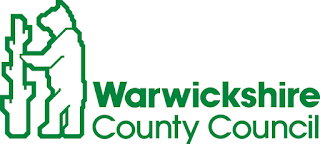Editor's note: Today’s guest post is by Mike Knapp, Co-founder and Co-CEO of Shoes of Prey. Shoes of Prey creates handmade, bespoke women’s shoes designed by the customer.
Like a lot of tech companies these days, Shoes of Prey started as an exchange of ideas between a few friends — in my case, casual discussion with longtime friends from college, Michael and Jodie Fox. That day, a little magic happened for us when we landed on an idea that would spark interest for customers around the world — an online platform built to inspire creativity and truly honor individual expression. Shoes of Prey allows customers to design their own made-to-order shoes from anywhere via our online store, as long as they have Wi-Fi access.
The flexibility and freedom to be as creative with our personal expression as we choose is at the core of what we offer to customers, and we want the same from our workplace technology. We use cloud-based tools like Google Apps that allow employees to work how they want, from wherever they please.
Sharing information is particularly crucial now that we’re a global team with offices in the U.S., the Philippines, Australia, Japan and China. We save thousands of dollars we’d otherwise spend on travel by meeting face-to-face over Google Hangouts and working simultaneously in shared Google Docs.
Being able to write a document with people in three different offices at the same time is incredibly powerful. We compile our weekly global newsletter in a single shared Doc. Each team contributes its updates when ready, and there’s no need for multiple meetings and back-and-forth email attachments. Most teams share their weekly meeting notes in Docs as well.
We also use Google Sheets to manage financial budgeting across teams and have a singled shared master Sheet to track monthly expenses and cash flow. Each team updates its expenses in a designated Sheet and then the team lead or manager updates the master, which is access-controlled.
With Google Apps, we can maintain a highly collaborative culture and keep our data secure. Thanks to sophisticated sharing settings in Docs, we’re able to share customer and employee information only with intended recipients, grant specific permissions and adjust who has access even after sharing a link. We know that we have Google’s security experts watching out for us, which gives us peace of mind.
We’ve grown our company using Google Apps from day one, and I can’t imagine working any other way. Once you've worked this way, there’s no other way to work. And we’ve saved thousands of dollars by not having to hire people to manage servers or perform software updates, as these are automated with Google. Google Apps keeps our talented workforce from getting bogged down with outdated or mundane processes so that it can continue to create the best experience — and shoes — for our customers.









